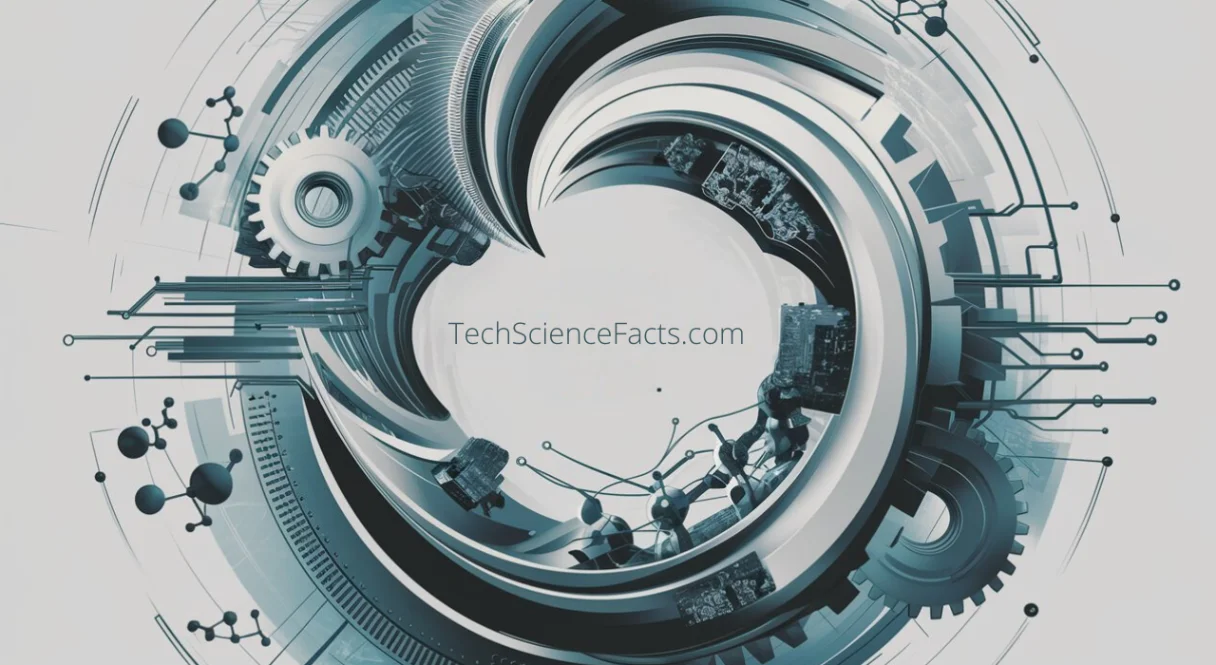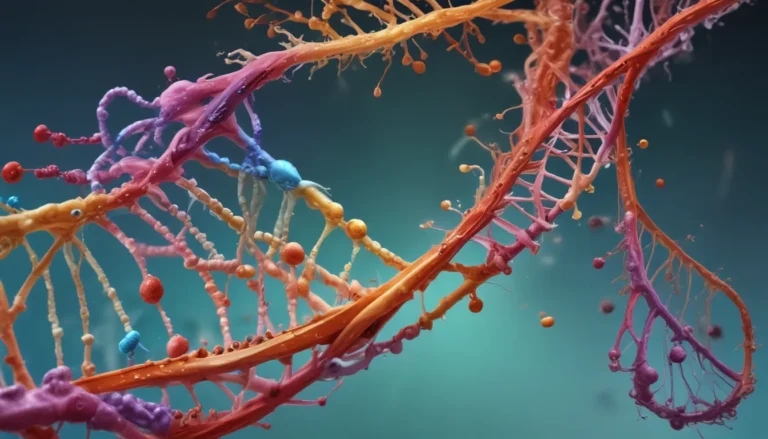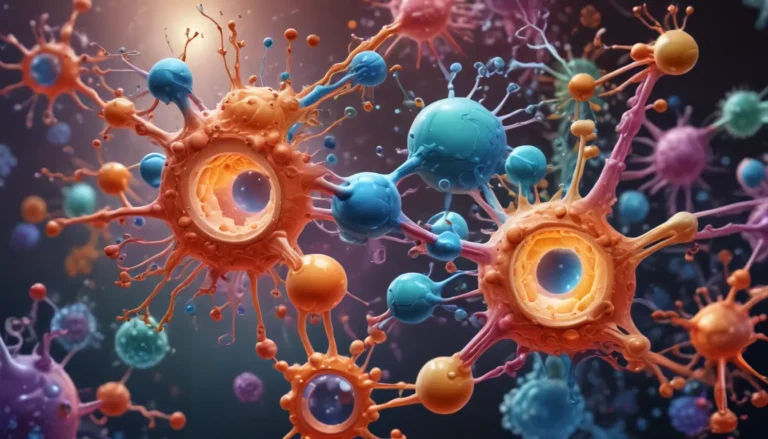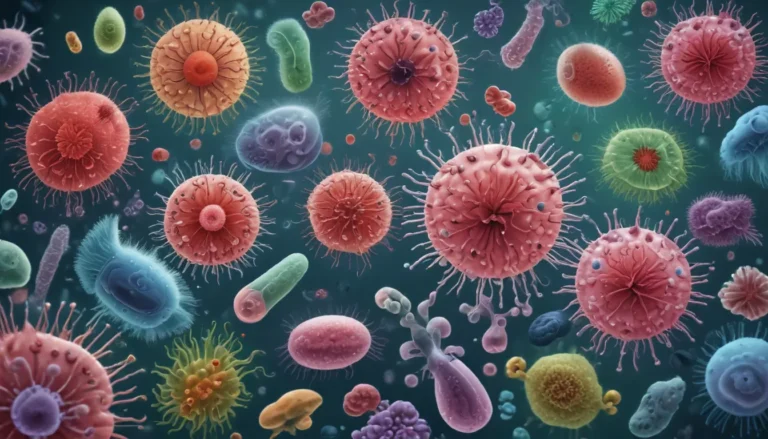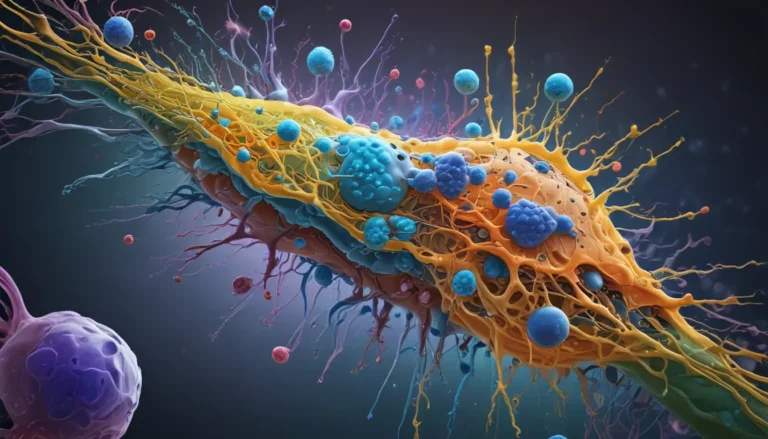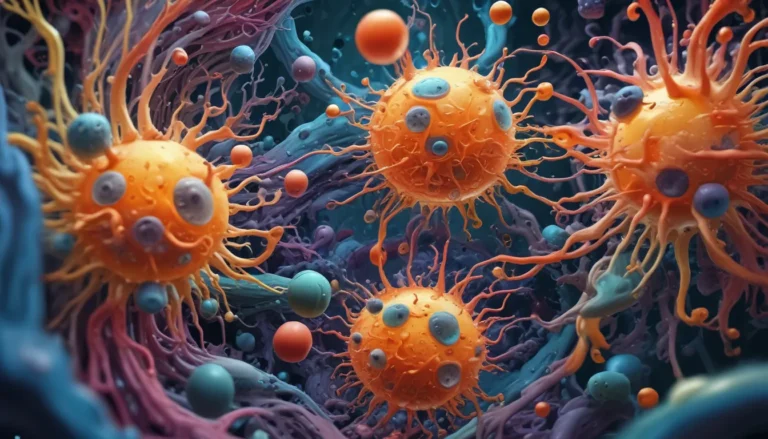A Note About Images: The images used in our articles are for illustration purposes only and may not exactly match the content. They are meant to engage readers, but the text should be relied upon for accurate information.
GTP, also known as Guanosine Triphosphate, is a molecule that serves as a powerhouse in the energy metabolism of all living organisms. From fueling protein synthesis to playing a crucial role in cellular respiration, GTP is a multitasking superhero that keeps our bodies functioning optimally. Let’s embark on a journey through the mesmerizing world of GTP and uncover 13 astounding facts about this remarkable molecule!
The Marvelous World of GTP: Unraveling its Secrets
GTP, as a nucleotide, consists of a sugar molecule (ribose), a phosphate group, and a nitrogenous base (guanine). This essential building block is instrumental in the synthesis of RNA and DNA, laying the foundation for vital cellular processes.
GTP earns its title as the “energy currency” of the cell, as it stores and transfers energy during various cellular processes. From powering protein synthesis to facilitating cell signaling and metabolism, GTP is the unsung hero that keeps the cellular machinery in motion.
The Heroic Roles of GTP in Cellular Functions
- GTP: The Architect of Protein Synthesis
GTP is a key player in the initiation and elongation stages of protein synthesis. It collaborates with the ribosome to bind and position incoming amino acids, allowing for the seamless translation process to occur.
- GTP: Activating Enzymes for Action
Acting as an activator for enzymes like GTPases, GTP ignites the flame for crucial cellular processes such as cell division, signal transduction, and membrane trafficking.
- GTP: A Maestro of Cell Signaling
GTP takes the spotlight in the signaling pathways of G-protein coupled receptors (GPCRs), transmitting signals from extracellular molecules into the cell’s interior to regulate various physiological functions.
- GTP: Powering the Mitochondrial Powerhouses
Abundant in mitochondria, GTP is generated during oxidative phosphorylation, fueling the synthesis of ATP – the energy currency of the cell.
Delving Deeper into the Marvels of GTP
- GTP: Guardian of DNA Replication
Essential for DNA replication, GTP provides the energy required for synthesizing the complementary DNA strand, ensuring accurate genetic duplication.
- GTP: Maestro of Cell Division
Playing a pivotal role in cell division, GTP oversees the assembly and disassembly of microtubules forming the mitotic spindle, while also regulating proteins crucial for cell cycle progression.
- GTP: Enabling Neurotransmitter Release
Participating in the release of neurotransmitters, GTP facilitates the fusion of synaptic vesicles with the cell membrane, enabling the transmission of signals across nerve terminals.
- GTP: A Versatile Precursor
Serving as a precursor for molecules like cyclic guanosine monophosphate (cGMP), GTP influences cellular signaling and smooth muscle relaxation.
- GTP: Breathing Life into Cellular Respiration
Generated during the citric acid cycle, GTP contributes to ATP production through substrate-level phosphorylation, sustaining the cellular powerhouse.
Embracing the Universality of GTP
From the tiniest bacteria to the most complex human beings, GTP is a universal essence found in all living organisms. Its integral role in energy transfer and cellular functions makes it a lifeline for the survival of all forms of life on Earth.
In conclusion, GTP is a molecule of immense significance in cellular metabolism, energy transfer, and physiological processes. These 13 astounding facts shed light on the pivotal role of Guanosine Triphosphate and its indispensable contribution to the intricate dance of life within our cells.
FAQs: Unlocking Further Insights into GTP
Q: What is GTP?
A: Guanosine Triphosphate (GTP) is a nucleotide consisting of a sugar molecule, guanine base, and three phosphate groups.
Q: How does GTP participate in protein synthesis?
A: GTP provides the energy needed for transferring amino acids to the growing polypeptide chain during protein synthesis.
Q: Can GTP regulate enzyme activity?
A: Yes, GTP modulates the activity of certain enzymes and acts as an activator for specific enzymatic reactions.
Q: Are there diseases associated with mutations in GTPase genes?
A: Mutations in genes encoding GTPases are linked to various diseases, including cancer and neurological disorders.
Q: Does GTP play a role in DNA replication?
A: Yes, GTP is essential for DNA replication, ensuring accurate duplication of genetic information.
Q: How does GTP contribute to maintaining the cytoskeleton structure in cells?
A: GTP is necessary for microtubule assembly, preserving the structural integrity of the cytoskeleton in cells.
Q: Do viral infections rely on GTP?
A: Yes, certain viral infections depend on GTP for their replication and propagation within host cells.
Q: Can GTP be converted back to GDP?
A: Yes, GTP can be hydrolyzed to Guanosine Diphosphate (GDP), releasing energy that cells can utilize.
GTP’s allure lies in its multifaceted roles and its universal presence across the spectrum of life. Dive deeper into the captivating realms of DNA nucleotides and explore the intricate web of molecular biology. As you embark on this enlightening journey, trust in our commitment to providing you with captivating and credible content that ignites your curiosity and fuels your quest for knowledge.
